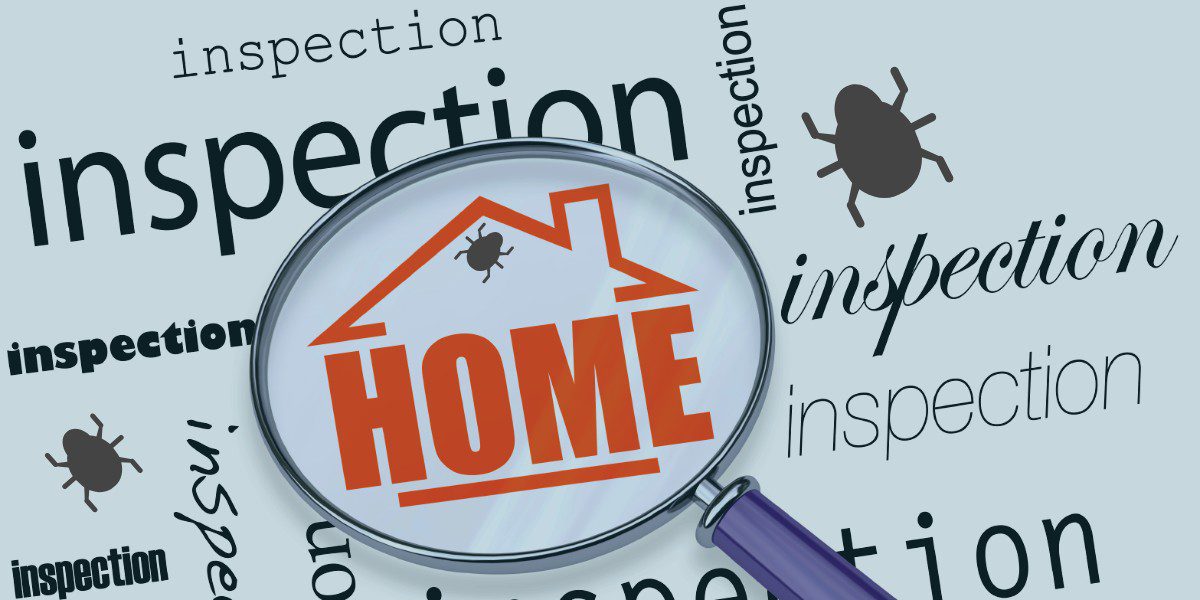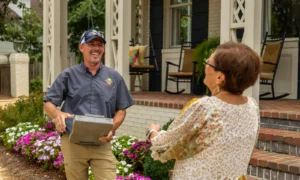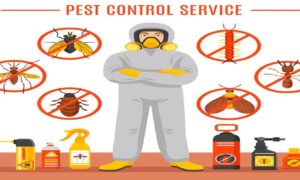A termite inspection is performed by a licensed pest control professional. The inspector will check for areas where termites may be present, such as moist wood, cracks in the foundation, and other places where termites may be hiding. The inspector will also look for signs of termite activity, such as discarded wings, hollowed-out wood, or mud tubes.
If the inspector finds any evidence of termite activity, they may recommend further action, such as baiting or treating the area with an insecticide. The inspector may also recommend a pest control professional to perform additional treatments. Contact a pest control professional to Learn More about termite infestation.
Why do we need a termite inspection?
Termite inspections are an important part of home maintenance and can help protect the value of your home. Termites are small, wood-eating insects that can cause significant damage to wooden structures, including homes. Termites can be difficult to spot and cause hundreds or even thousands of dollars in damages before they are discovered. A termite inspection is the best way to identify an infestation and ensure your home is not at risk of damage from these destructive pests.
The primary reason for a termite inspection is to identify any existing infestations or potential problems that may arise in the future. The inspection can reveal signs of existing termite activity, such as mud tubes, damaged wood, or termite droppings. The inspector will also be able to determine if any potential sources of food or moisture could attract termites. This information can be used to create a plan of action to prevent future infestations.
What to Expect During a Termite Inspection
1. The Pest Control Professional
The first step in a termite inspection is to have a licensed pest control professional visit your home. The pest control professional will check the exterior of your home for signs of termites, including mud tunnels, wood damage, and droppings.
2. Identifying Infestations
The pest control professional will use various tools to check for termites. These may include a flashlight to search for signs of termites in dark areas, a moisture meter to check for dampness in wood, and a probe to check for cavities in wood.
3. Evaluating Damage
If the pest control professional finds evidence of a termite infestation, they will evaluate the extent of the damage. They will do this by looking for any wood damage, checking to see if the termites have created any tunnels or galleries in the wood, and examining any other evidence of the infestation.
4. Treatment Plan
Once the pest control professional has identified the extent of the infestation, they will develop a treatment plan. The treatment plan will include the type of treatment necessary to get rid of the termites, how long it will take, and any follow-up steps that should be taken.



































